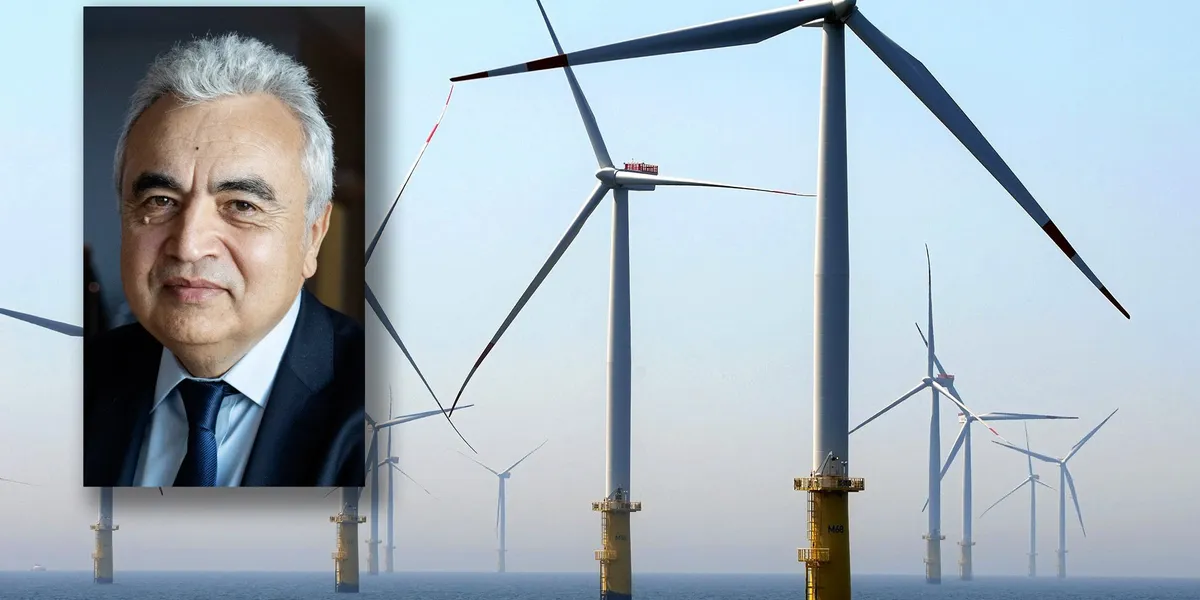Developers have already added 12 GW of utility scale solar in the U.S. so far in 2025, and with another 21 GW planned by the end of the year, solar is on track to account for half or more of all new generating capacity in the country this year.
This data comes from the U.S. Energy Information Administration (EIA), according to its latest survey of electric generating capacity changes. Developers are planning to bring a total of 64 GW of capacity online this year, with battery storage, wind, and natural gas power plants accounting for the rest.
Developers could set a record for capacity additions if all 64 GW come online this year, EIA said. The previous record for U.S. generating capacity additions was set in 2002, when developers added 58 GW to the grid, 57 GW of which was fueled by natural gas. Although developers have added natural gas-fired capacity each year since then, other technologies such as wind, solar, and battery storage have become more prevalent options for new capacity.
However, while utility-scale solar is experiencing record growth in 2025, uncertainty around future tax incentives could slow project development in the coming years. The One Big Beautiful Bill Act (OBBBA) terminated the 48E investment tax credit (ITC) and 45Y production tax credit eligibility for wind and solar projects placed into service post-2027, although there is an exception for projects that begin construction within a year of the law’s enactment (before July 5, 2026).
Under new guidance released last week, the Treasury Department determined that satisfying a “physical work test” is the sole method to establish that construction on a project began before July 5, 2026, aside from one exception for low output solar facilities that allows the use of the five percent safe harbor. This test also requires that the taxpayer in question maintain a “continuous program of construction.”
The Northeast faces distinct challenges, including transportation electrification, aging infrastructure, renewable integration, grid modernization, and increasingly severe weather. DTECH® Northeast will assemble leading stakeholders to tackle these issues head-on, offering insights into cutting-edge technologies and strategies that ensure reliability, sustainability, and customer satisfaction. Join us in Boston, Massachusetts, from November 17-19, 2025!
If planned capacity additions for solar photovoltaic and battery storage capacities are realized, both technologies will add more capacity than in any previous year, EIA noted. For both technologies, this growth is largely attributable to “changes occurring” in Texas, per EIA. About 27% (3.2 GW) of the solar capacity added so far in 2025 is in Texas, and developers plan to bring another 9.7 GW of solar online in Texas in the second half of this year. Last year, Texas surpassed California as the state with the most utility-scale solar capacity.
Six years ago, California had more than six times as much solar as Texas. But in May 2024, Texas hit 19.1 gigawatts of solar energy generation, setting the new U.S. record and bumping California into second place.
Battery storage accounted for the second-largest share of capacity additions in the first half of the year, at 26% (5.9 GW), about half of which was in Arizona or California. Developers in Texas are expecting to bring 7.0 GW of battery storage capacity online in 2025, with much of that capacity coming online in the second half of the year.
Developers retired “relatively little” generating capacity in the first half of 2025, EIA said. Of the 8.7 GW of electric generating capacity that U.S. operators plan to retire during 2025, only 2.0 GW was retired in the first half of the year.









